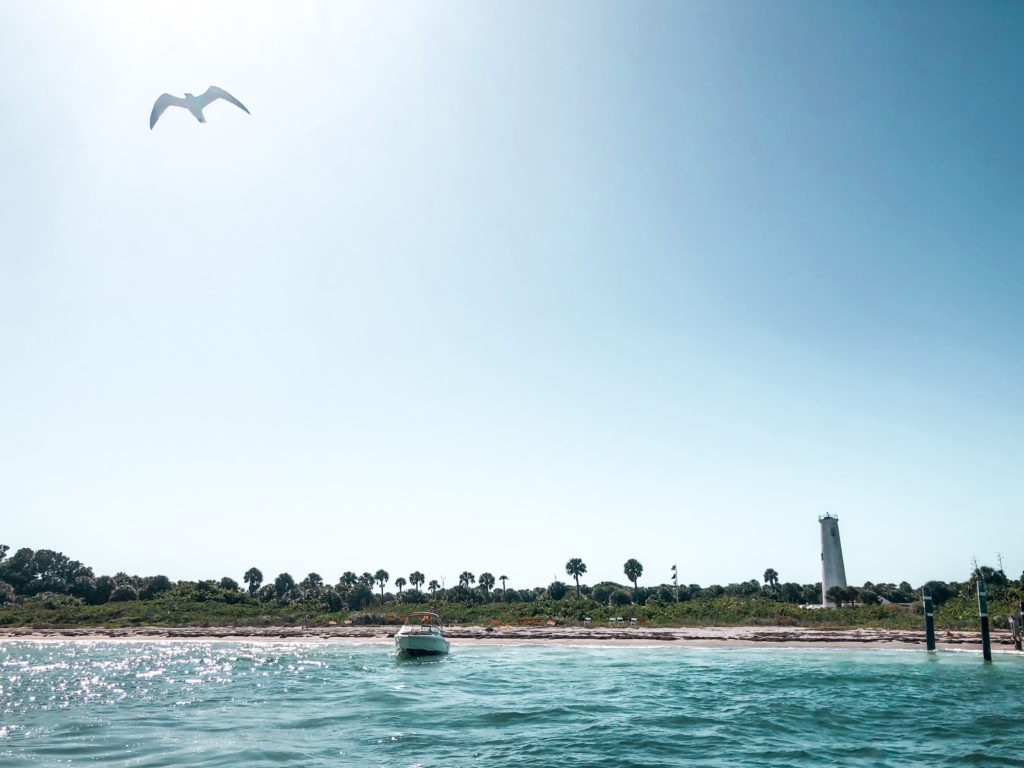Virtual reality (VR) technology has had a number of use cases, one being for virtual travel. The tourism industry has been taking advantage of this innovative technology, especially with the impact of the Covid-19 pandemic. VR has become a way for the industry to preserve popular destinations, make experiences more accessible, and contribute to sustainable tourism.
What Is Virtual Reality Tourism?
Virtual reality tourism involves using VR technology to experience a destination without physically being there. Users are transported through these interactive simulations that enable them to be immersed in a culture or experience. So, from the comfort of their own homes, users can visit places like Paris, Rome, and more!
While eliminating the need for going on road trips or hopping on a plane, this tourism avenue increases accessibility to destinations for those who are unable to travel but want to participate from the comfort of their homes. Further, it minimizes the emissions from more tourists trekking across the globe, and helps preserve the state of many world heritage and natural wonder sites that might otherwise suffer from over-tourism.
A Rise in VR Tourism
VR tourism has been developing for a while, but the onset of the Covid-19 pandemic has caused a spike in demand. During lockdowns, many people were looking for new activities that they could do while staying home. Additionally, travel restrictions prevented people from taking vacations and exploring new places.
The pandemic even influenced people’s feelings, attitudes, and behaviors toward travel. A study on digitalization and sustainability evaluated tourism in a post-pandemic world, finding that many people now have travel anxiety and experience “eco-guilt” (the feeling of guilt when one could have done something that would have helped the environment but did not).
According to a study on the popularity of VR travel in 2020, the average number of monthly Google searches in the United States for “virtual reality tours” in February 2020 was 447 then rose to an average of 4,561 by the end of March 2020. The changes in perspective on travel and this increasing demand have led to the acceleration of the development and implementation of virtual reality used for tourism experiences.
Use Cases for Sustainable Tourism
Beyond the influences that the pandemic had on VR tourism, popular travel destinations and famous landmarks have been using virtual reality and 3D technologies to create new tourism experiences that have sustainable impacts. By using virtual reality and other innovative technologies, tourism organizations can provide more offerings, enabling them to reach a wider range of customer demographics as well as achieve sustainable initiatives. A couple of examples of destinations being digitally captured for virtual reality experiences include Machu Picchu and Egmont Key.
Machu Picchu
Located in Peru, Machu Picchu is a site of ancient Inca ruins that brings in 1.5 million visitors annually. In 1983, Machu Picchu was inscribed as a UNESCO World Heritage Site. In 2007, it was deemed one of the New Seven Wonders of the World. This isn’t just some popular tourist attraction; it’s a place with rich history and cultural heritage, and home to native flora, wildlife, and communities. Despite efforts to cap the number of daily visitors, Machu Picchu has been experiencing over-tourism — which is when there’s an excessive amount of tourists in one destination, having a negative effect on said destination.
Due to the ever-increasing number of people wanting to visit this site, various museums and developers have worked towards creating a more accessible avenue to experience this site. Through virtual reality, curators and tourism organizations are able to offer virtual walkthroughs and educational tours of Machu Picchu. Not only does this make it more accessible, but it also enables sustainability as it minimizes the impact of excessive foot traffic and emissions from visitors who aren’t local.
Egmont Key
Another similar example is the work being done to digitally preserve Egmont Key, an island at the mouth of Tampa Bay, Florida — only accessible by boat — that holds significant history. In the 1850s, Egmont Key served as an internment camp, holding Seminole Indians during the Removal Period. In 1898, Fort Dade occupied Egmont Key to safeguard the bay during the Spanish-American War. It became a whole city, home to 300 residents that would later be destroyed when it was no longer active military land and is now home to just the lighthouse keeper and island caretakers.

The Egmont Key Alliance is working hard to preserve the Seminole Indian heritage and has been dedicated to restoring the island, as it experiences intense erosion caused by cruise ships, locals and tourists boating, and natural disasters, such as hurricanes. While I was in graduate school, I had the opportunity to participate in a project with Egmont Key. The Alliance has partnered with the University of South Florida Patel College of Global Sustainability and Access 3D Lab to use 3D scanning technology to virtually bring history back to life, developing VR walkthroughs of what the island is like now and what it was like in the past.
Final Thoughts
Innovative technologies have made a huge impact on efforts to preserve, conserve, and restore places with cultural heritage, history, wildlife, and resources. As technologies such as VR continue to advance, tourism opportunities are becoming both more accessible and more sustainable. These virtual reality use cases are just scratching the surface of major strides being made toward achieving sustainable tourism.
For more exclusive coverage of innovative cloud companies, check out Cloud Wars Horizon here:







